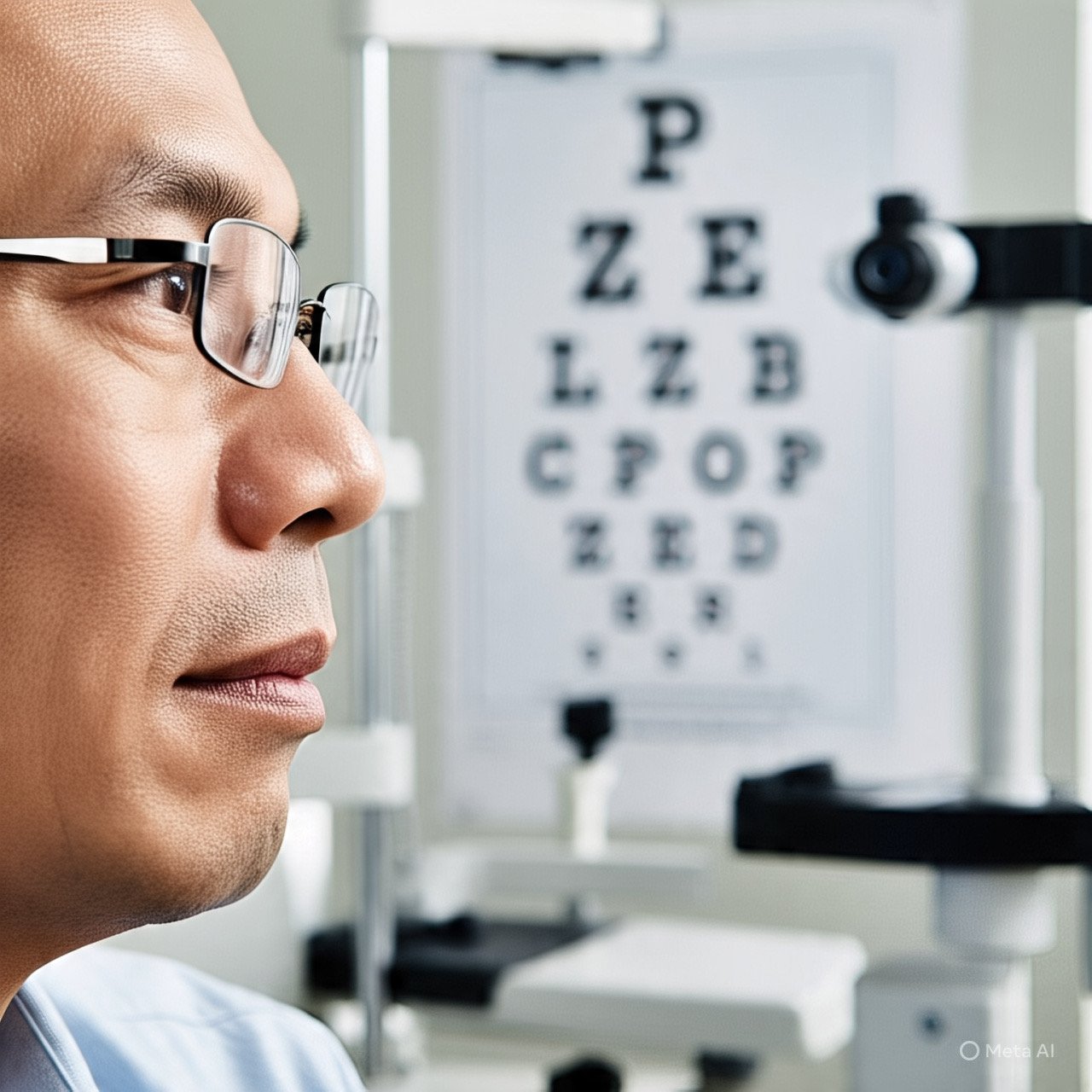How to Tell If You Have Astigmatism: Symptoms vs. Regular Eye Prescriptions
Astigmatism is a common refractive error that can cause blurry or distorted vision. It happens when the cornea or lens of the eye has an irregular shape, causing light to be refracted unevenly as it enters the eye. While it’s a condition easily diagnosed with an eye exam, distinguishing it from regular refractive errors like myopia (nearsightedness) or hyperopia (farsightedness) can help you understand your symptoms better.
This blog will help you identify whether you might have astigmatism by discussing the physical symptoms and how to read your prescription. We will also explain how prescription eyeglasses can correct this condition and help improve your vision.
Physical Symptoms of Astigmatism vs. Regular Eye Prescription
Astigmatism affects your vision differently from other refractive errors like myopia or hyperopia. While some symptoms overlap, there are clear distinctions in how each condition impacts your vision.
1. Blurry or Distorted Vision
Key Difference: Astigmatism causes distortion and blurriness at all distances, while regular vision problems typically blur images at specific distances.
2. Frequent Eye Strain and Discomfort
Key Difference: Astigmatism typically causes more frequent and persistent strain, as the eyes must focus on both near and far objects. Myopia or hyperopia-related strain occurs when focusing on one distance.
3. Headaches
Key Difference: Headaches caused by astigmatism are typically more frequent and constant, as the eyes struggle to maintain clear focus at multiple distances.
4. Squinting and Double Vision
Key Difference: Double vision and frequent squinting are more characteristic of astigmatism, while squinting in myopia or hyperopia is usually limited to specific tasks.
How to Read Astigmatism on Your Prescription
If you have astigmatism, your prescription will include specific measurements to correct the condition. Understanding how to read your prescription can help you identify astigmatism and other refractive errors:
For example:
This means the person has myopia and astigmatism in both eyes. The cylinder and axis values will correct for the astigmatism, while the spherical values correct for nearsightedness.
Correcting Astigmatism with Prescription Eyeglasses
Astigmatism can be easily corrected with prescription eyeglasses. These glasses are specially designed to address the irregular curvature of your cornea or lens. By incorporating cylindrical lenses, prescription glasses for astigmatism help to focus light evenly on the retina, allowing for clearer vision at all distances.
Prescription lenses for astigmatism will often have special coatings or materials to make them more comfortable and effective. For example, high-index lenses can help make your glasses thinner, and anti-glare coatings can improve visibility in various lighting conditions.
Conclusion
Astigmatism presents distinct symptoms, such as blurry or distorted vision, headaches, eye strain, and double vision, that can be differentiated from regular refractive errors like myopia and hyperopia. If you experience these symptoms, it’s important to schedule an eye exam to determine the cause.
Whether you’re dealing with astigmatism alone or alongside other refractive errors, prescription glasses are a practical solution for improving vision and easing discomfort.







